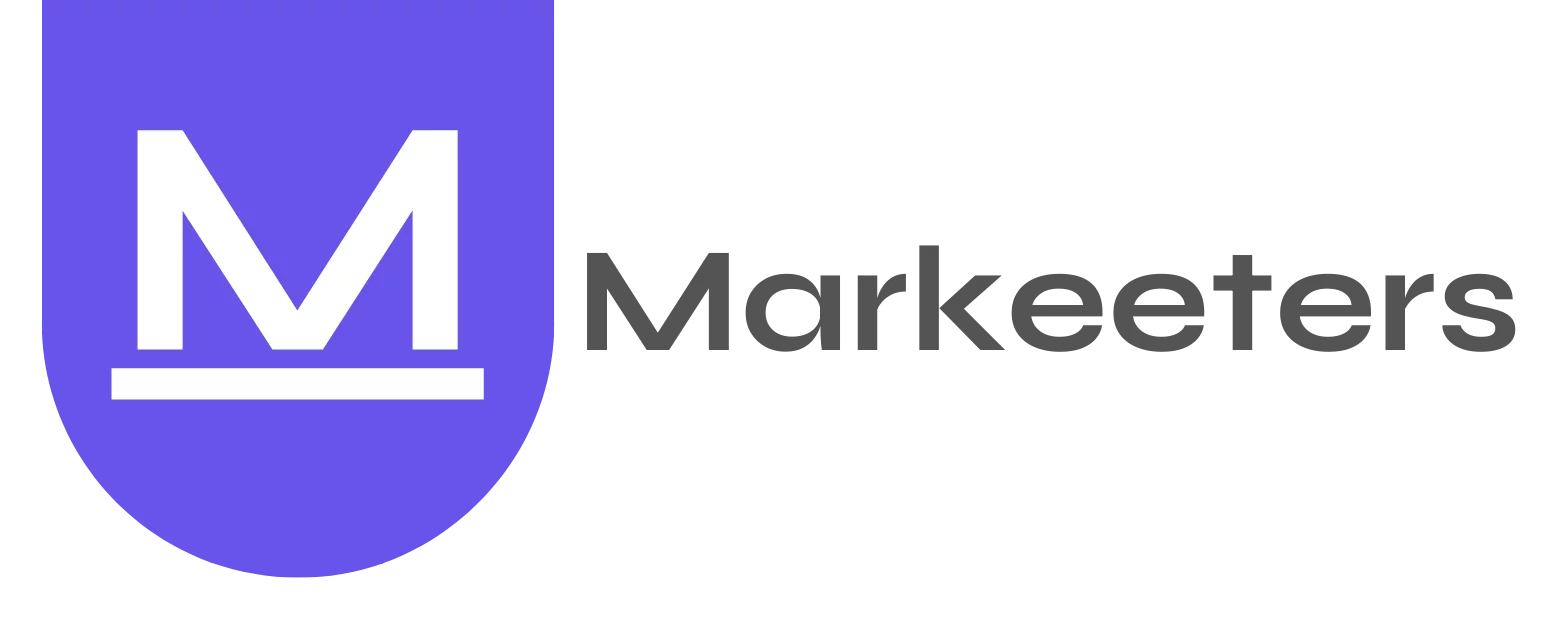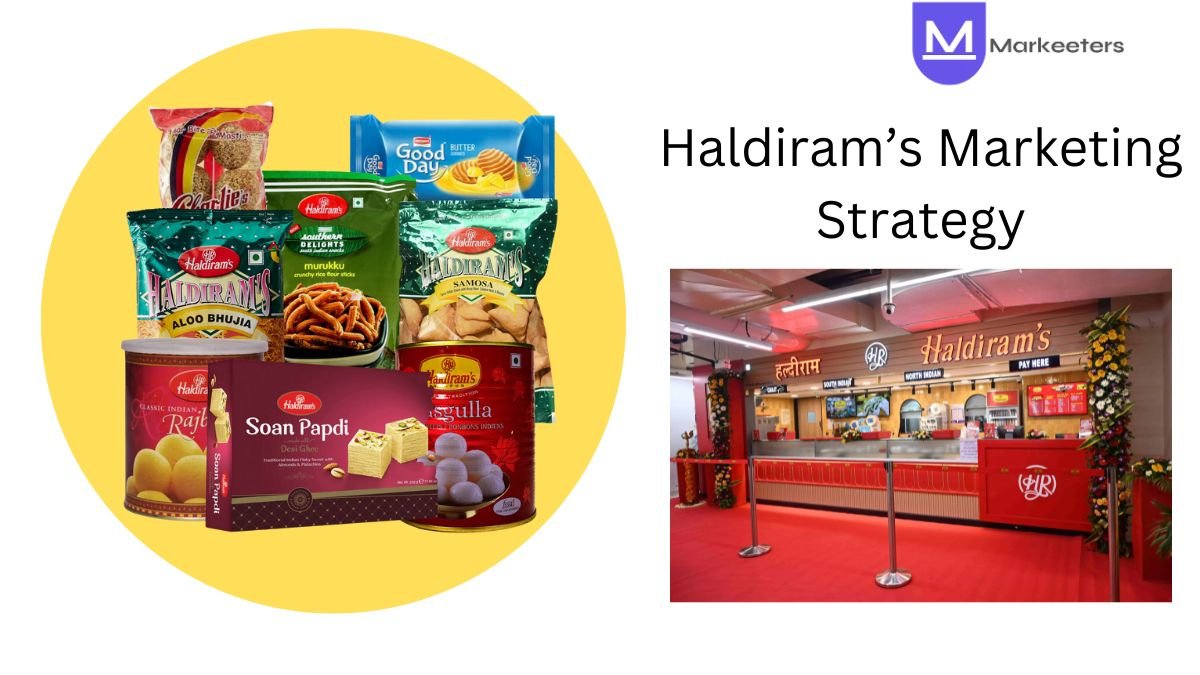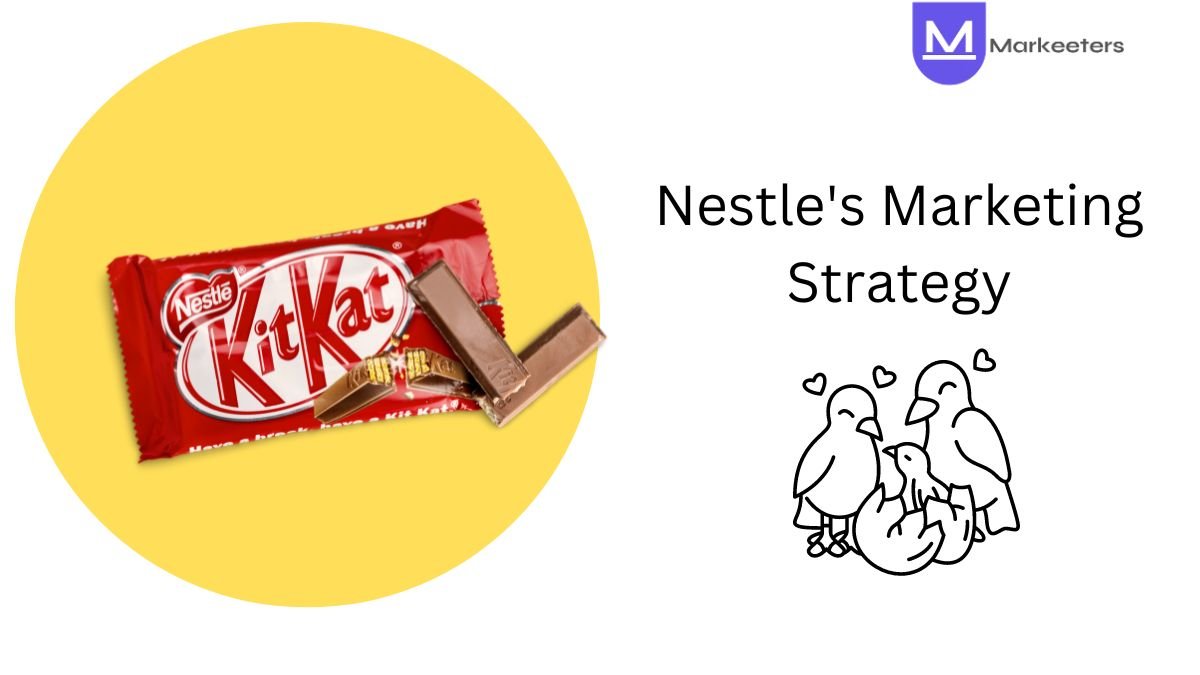Social media platforms offer an excellent avenue for STEM (Science, Technology, Engineering, and Mathematics) educators to engage students, showcase innovative learning experiences, and attract enrollment. This guide outlines effective strategies to leverage social media for increased visibility, engagement, and student acquisition in STEM education.
Target Audience
Identify the primary audience for STEM class social media marketing:
- Students & Parents – Engaging students interested in STEM subjects and parents seeking quality educational programs for their children.
- Teachers & Educators – Targeting educators interested in integrating STEM concepts or seeking additional resources for their classrooms.
- Educational Institutions & Schools – Attracting schools or educational institutions seeking supplementary STEM programs or collaborations.
- Tech Enthusiasts & STEM Advocates – Engaging individuals passionate about technology, innovation, and promoting STEM education.
Goals
Define the objectives of utilizing social media for STEM class marketing:
- Program Promotion & Enrollment – Showcasing program offerings, highlighting curriculum, and prompting enrollment or inquiries.
- Brand Differentiation & Educational Value – Establishing the program as a leading STEM educator, fostering engagement, and conveying educational excellence.
- Educational Resources & Insights – Sharing STEM-related content, resources, industry insights, and addressing common inquiries or concerns.
- Community Building & Engagement – Creating a community around STEM education, fostering discussions, and engaging with followers.
Platforms to Focus On
Identify key social media platforms for STEM class marketing:
- Instagram – Visual platform showcasing STEM experiments, classroom activities, student projects, and engaging visuals related to science and technology.
- Facebook – Utilize pages, share videos of experiments, student achievements, educational content, and engage with parents, educators, and students.
- YouTube – Host educational videos, demonstrations of experiments, tutorials, or lectures to engage visual learners and provide supplementary learning materials.
- LinkedIn (Optional) – Target educational professionals, institutions, or industry experts for collaborations, workshops, or sharing STEM-related content.
Content Strategies
Develop content strategies tailored for STEM class marketing:
- STEM Experiments & Project Showcases – Sharing engaging videos/images showcasing experiments, student projects, and hands-on learning experiences.
- Educational Content & Resources – Creating informative posts/videos explaining STEM concepts, offering resources, and industry insights.
- Student Success Stories & Testimonials – Highlighting student achievements, success stories, and testimonials to showcase the program’s impact.
- Behind-the-Scenes & Educator Spotlights – Offering glimpses into classroom activities, teacher expertise, or special workshops.
Engagement & Conversion Tactics
Implement strategies to engage potential students and convert social media traffic into program enrollment or inquiries:
- Call-to-Action (CTA) – Encouraging followers to enroll, attend workshops, or inquire about programs using clear CTAs.
- Interactive STEM Challenges – Hosting STEM challenges, quizzes, or problem-solving tasks with incentives or recognition for participation.
- Live Sessions & Q&A – Hosting live sessions, webinars, or Q&A sessions with educators, industry professionals, or alumni to engage and address queries.
- Community Engagement & Discussions – Encouraging discussions, debates, or sharing relevant articles, fostering a community around STEM topics.
Analytics & Optimization
Utilize analytics to measure and optimize social media performance for student enrollment, engagement, and brand awareness:
- Engagement Metrics – Monitor likes, comments, shares, and engagement across social media platforms.
- Conversion Tracking – Track website visits, program inquiries, enrollment, or workshop registrations from social media referrals.
- Audience Insights – Understand demographics, interests, and engagement patterns for targeted content and ad campaigns.
- Campaign Optimization – Adjust strategies based on performance, analyze successful content, and refine targeting for ads or promotions.
Challenges & Solutions
Address potential challenges in STEM class social media marketing:
- Educational Value & Communication – Effectively communicating the educational value, curriculum highlights, and the impact of STEM learning.
- Competition & Program Differentiation – Showcasing unique programs, specialized workshops, or industry collaborations to stand out.
- Parental Engagement & Trust Building – Engaging parents, addressing concerns, and building trust in the program’s educational quality and safety.
- Student Engagement & Interest Retention – Creating engaging content, hands-on activities, or interactive sessions to sustain student interest in STEM subjects.
Conclusion
Effectively utilizing social media can significantly enhance visibility, engagement, and enrollment for STEM education programs. This guide provides strategies for engaging students, showcasing STEM experiences, and building a robust online presence in the education sector.







